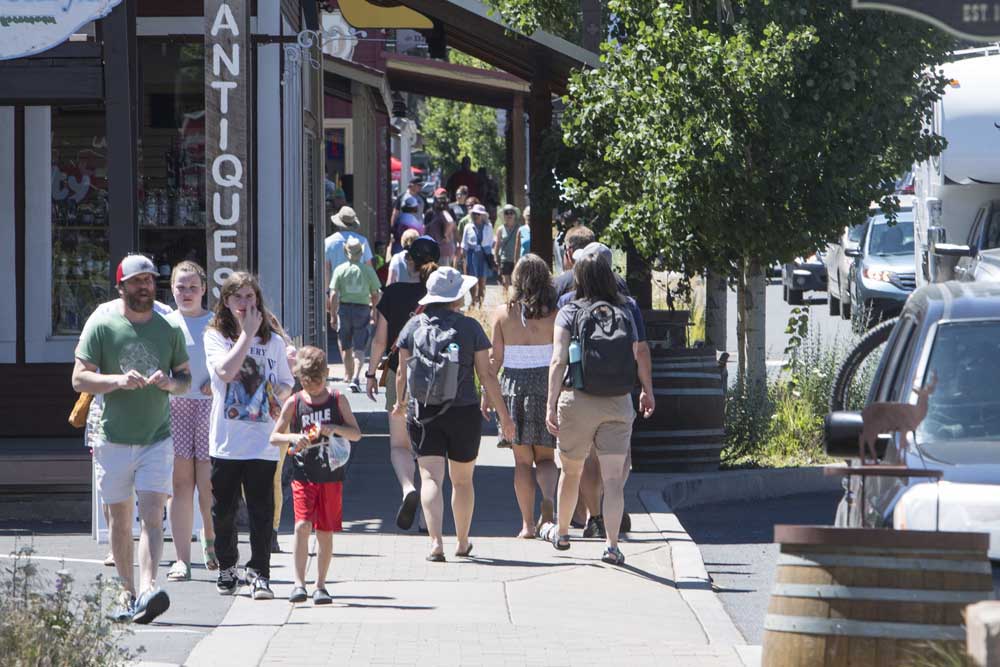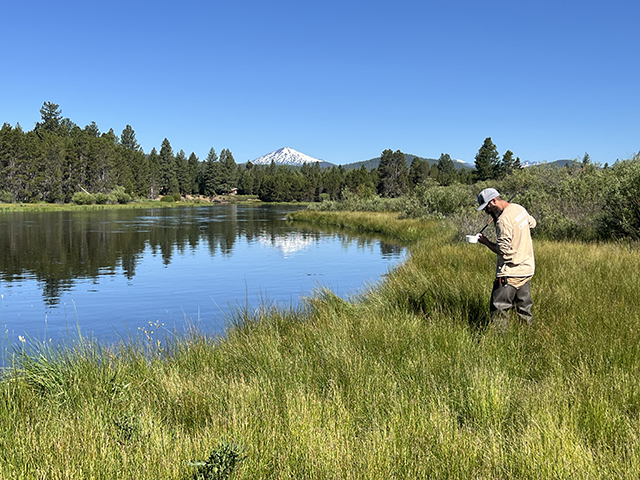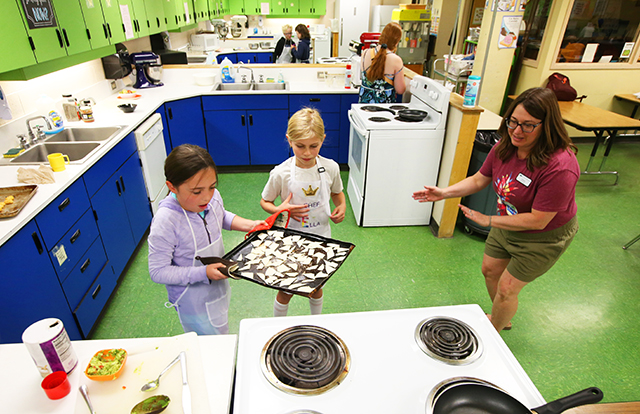Is Sisters growing? City manager thinks so, but Census Bureau says no
Published 5:45 am Saturday, May 18, 2024

- Visitors walk along Cascade Avenue in downtown Sisters in July 2022.
A look at the 2023 city population estimates, released Thursday by the U.S. Census Bureau, indicates every city in Central Oregon is growing. Not a single incorporated city in Deschutes, Jefferson or Crook counties declined in population between 2020 and 2023, except one: the city of Sisters.
The Census Bureau states the western themed town lost 91 residents since 2020.
Sisters City Manager Jordan Wheeler tells a very different story. He puts less weight on estimates and more weight on the population research at Portland State University and things he can touch, like building permits in his city.
“Immediately, when I saw that (data), I was like, ‘Really?!’ Because anyone who lives in Sisters would say that’s not true. We are growing really, really fast,” Wheeler told The Bulletin. “It would be impossible for Sisters to be declining in population right now.”
The Census Bureau data just doesn’t reflect the reality on the ground, he said, but other data sets do.
A big indicator of that growth, Wheeler said, is the fact that the city has approved more than 350 new single-family home permits since 2020. Even making a conservative estimate that only two people are living in those homes, that is 700-800 more people living in Sisters, he said, and that doesn’t even account for new multifamily developments.
In fact, Wheeler said Sisters is growing so fast that the city has started the two-year process to expand its urban growth boundary by 200-250 acres to accommodate the growth projected for the next 20 years.
“If our population was declining, we would probably be less worried about needing to add that amount of land … whereas all the numbers we’ve gotten through (population estimates done by) Portland State University and doing our housing study, show we’re rapidly growing and we need to add more land,” Wheeler said.
Portland State University population estimates
The numbers Wheeler referenced come from PSU’s Population Research Center. These are the numbers Wheeler said the city of Sisters uses, because he believes they are more accurate.
PSU also tells a very different story from the Census Bureau. Instead of showing Sisters as the sole declining city in Central Oregon, it actually shows the small town as the fastest growing area in the region, with the population increasing by 23% compared to Bend’s 6.6%. And instead of a population of 2,979, PSU estimates 3,823 people live in Sisters.
But why does a difference of 844 people matter? It turns out, these numbers mean quite a lot.
“It makes a difference in a number of ways,” said Damien Syrnyk, senior planner for the city of Bend. “Both PSU and the Census Bureau produce these estimates not just so we can track population growth, but it’s also used for distributing either state or federal funding to a jurisdiction. For example, PSU prepares this data every year for the state of Oregon to use in sharing state-shared revenues for things like cigarette taxes, gasoline taxes and alcohol taxes.”
So while a discrepancy between the PSU and Census Bureau numbers for Bend — 1,718 people — accounts for less than 1.5% of Bend’s population, Syrnyk said, it’s still an important enough figure to have broader ramifications than a simple head count.
More evidence that Sisters is growing
It’s not just the fact that Sisters has seen more housing development in the last three years that indicates its growth, Wheeler said. It can also be seen in the local school system, which is planning to build a new elementary school to accommodate recent growth.
Joe Hosang, director of curriculum and human resources at Sisters School District, was likewise surprised to hear the Census Bureau estimates that Sisters is decreasing in population because, if anything, enrollment numbers have increased in the last three years. This stands in contrast to districts like Bend-La Pine Schools, where enrollment numbers have dropped 8.4% since 2019.
“Some of our biggest growth has been with the elementary school (whereas) … over the past 10 years, we would see large numbers at the high school. While this tends to be a second or third home community — because it’s expensive — folks that are moving in are coming with a few dollars in their pocket and are able to move in with younger families,” Hosang said.
But what Sisters will grow into is still uncertain, Wheeler said, because it’s not just families who are moving to the area. It’s everyone and anyone in between.
“I think if you ask a lot of folks in Sisters, we want to maintain the small town community feel. We want to balance growth and economic activity from tourism and visitors with the livability of our community. We want to keep that small town — the safety, the walkability — while also recognizing that growth brings new residents and new economic activity,” Wheeler said.








